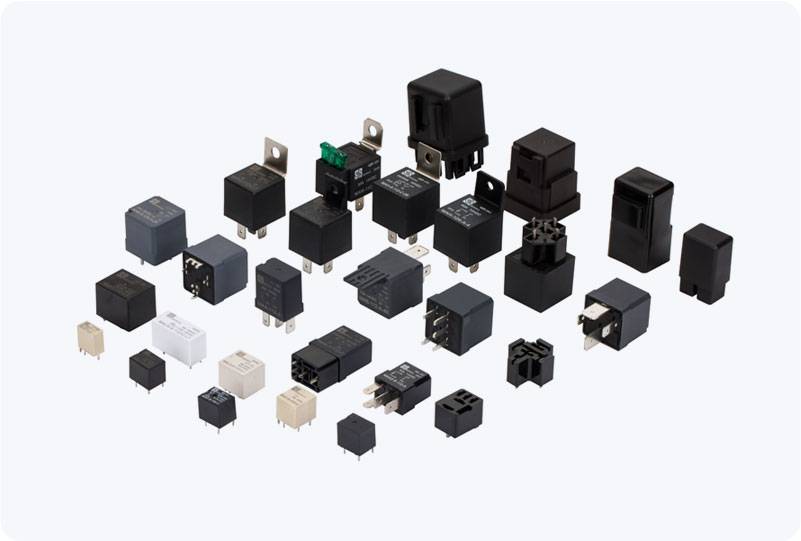In the rapidly evolving automotive industry, the rise of electric vehicles (EVs) has brought about a significant transformation in how power is distributed, managed, and utilized within vehicles. One of the crucial components in an electric vehicle’s electrical system is the Power Distribution Unit (PDU), which works in conjunction with relays to ensure the smooth and efficient operation of the vehicle’s electrical systems. The PDU relay plays a key role in the safety, reliability, and performance of an EV by managing high-voltage connections and providing critical protection mechanisms. This article explores the role of PDU relays in electric vehicles and how they contribute to the overall efficiency of the system.

Understanding the Role of PDU in EVs The Power Distribution Unit (PDU) in an electric vehicle is responsible for managing and distributing electrical energy from the high-voltage battery to various components within the vehicle. These components include the electric motor, air conditioning system, battery management system (BMS), lighting, and other subsystems. By efficiently distributing power, the PDU ensures that each system operates optimally, contributing to the vehicle’s overall performance and longevity. The PDU must handle high voltages—typically between 200 to 800 volts—making it essential for safety and performance. Additionally, the PDU includes features like voltage regulation, current monitoring, and thermal management to prevent overheating or damage to sensitive components. However, without proper control mechanisms, such as relays, the PDU cannot perform its task of efficiently and safely distributing power.